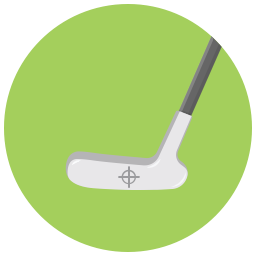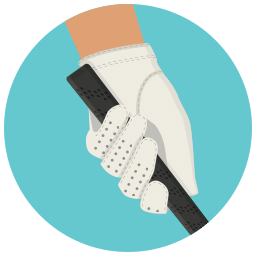How to Choose a Putter
For the average golfer, upgrading to a new putter can help lower scores by reducing the number of putts per round.
With current technologies and innovations from the top equipment manufacturers, there’s never been a better time to find the right flat stick to help you sink more putts.
From armlock putters to face balanced putters, we’ll clarify the confusing golf jargon and let you know the benefits that could transform your game on the putting surface.
Trying to find the right putter can be overwhelming, but in our concise guide on how to choose a putter, we’ve streamlined all the information you need to help you make a decision.
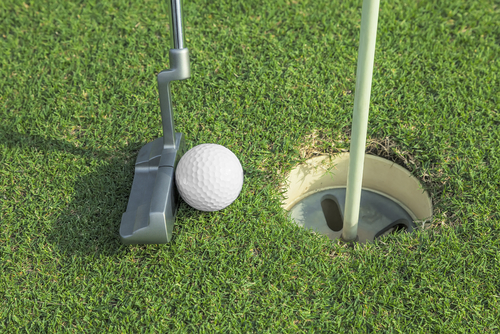
Table of Contents
CHAPTER 1
Types of Putters
Blade Style Putter
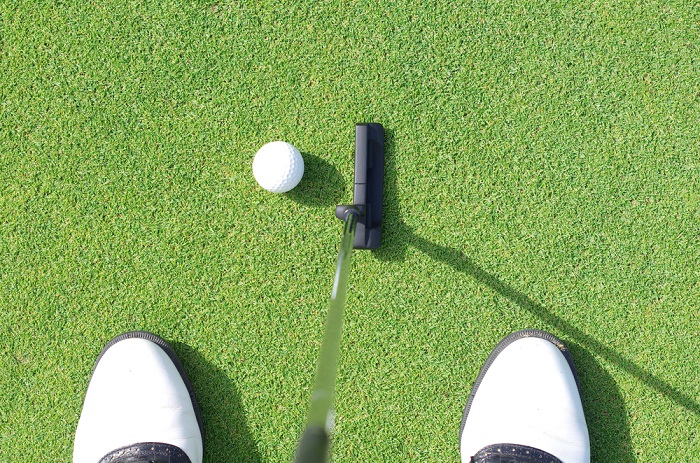
Shaped like the blade of a knife, these putters offer the golfer a lightweight option on the green. The key elements of the blade style are the lightweight feel and the ability to utilize an arc stroke on the putting surface.
Golfers like Jack Nicklaus used a traditional blade-style flat stick during their prime. However, he used the older-golf era head shape where the ends were rounded, and the entire hitting area was relatively smaller to strike the putt compared to the modern models.
Mallet Style Putter
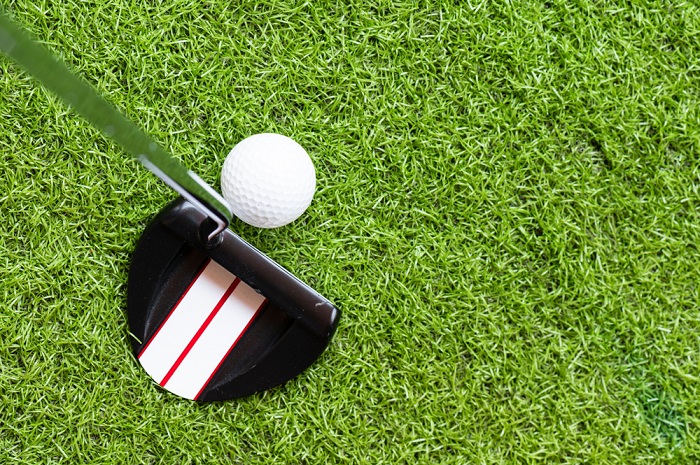
With a sizable head, the mallet model offers a heavier feel compared to the blade. Companies such as Odyssey and TaylorMade have boosted the mallet market, designing flat sticks that deliver exceptional touch and feel, even on strikes that end up toward the toe.
A mallet also takes advantage of its large head by placing noticeable alignment aids along the top to help the golfer clearly see the center of the putter face.
By having these aids along the top of the mallet’s club head, the player can also align their shoulders and feet to create the ideal alignment before making an attempt.
Armlock Putters
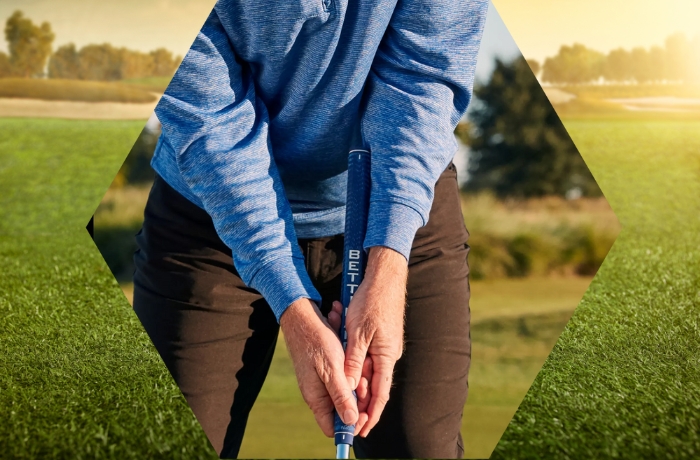
Gaining popularity over the past five years, armlocks or long putters, as they are sometimes called, work by sweeping at the ball. Armlock models typically carry a shaft measuring over 40 inches, the right length when you want more stability.
Most golfers that choose longer shaft models struggle to find consistency with traditional models. So by adding length and allowing the shaft to anchor along their inner forearm, they minimize additional movement and rotation during the putt.
Golfers suffering from the “yips” typically prefer the stability of the armlock style of putting.
As a result, their stroke on more putts becomes more stable, enabling the golfer to find the right ball speed and distance for their putts.
CHAPTER 2
Terms You Should Know About Putters
Toe Hang
You may also hear the term “toe hang” when choosing the right putter for your golf bag.
Toe hang refers to additional weight in the toe of the head, allowing golfers to utilize an arc stroke without leaving the face open at impact. The weight helps open and close the face more efficiently, allowing the hitting area to square itself at impact.
You can find out if your putter has toe hang by balancing the shaft on your index finger around four inches above the junction of shaft and head. If the toe area of the club head sags toward the ground, then its weight creates a hanging toe.
In contrast, if you do this test and the face stays pointed toward the sky, then it’s face-balanced.
Face-Balanced
If you see a “face-balanced putter,” you may wonder what’s the difference between that model and a traditional flat stick.
As we detailed earlier, there’s a difference between putters that have more weight along the toe and those clubs where the weight remains evenly distributed across the entire hitting area.
Some players loved a balanced face because it allowed them to use the straight back, straight through approach when putting. By having the sweet spot balanced, the golf club head remains stable, keeping the putt along the target line.
Lie Angle
The lie angle is the angle between the shaft and the ground at address. Most factory putters come with an angle of 70 degrees, but that could be too upright or too flat, depending upon the player’s hands and how they hold the club.
During a fitting, the angle between the shaft and ground may be adjusted to help you deliver a smoother stroke that keeps the toe and heel even at the point of impact.
An incorrect angle between the shaft and ground can cause the toe to rise too high or the hell to come up, burying the toe and causing poor putts that move off their intended line.
Check our article: Golf Club Lie Angle Explained for Beginners
CHAPTER 3
Why You Should Consider A Putter Fitting
Some players prefer to use trial and error when selecting the right flat stick, but if you have some extra money lying around while searching for the best club to use on the putting surface, you might look toward using a professional fitter.
At a putter fitting, a professional club fitter will examine your stroke and contact quality to customize the right putter. They can adjust the face angle and the angle between the ground and shaft to help you make the best putts of your golfing career.
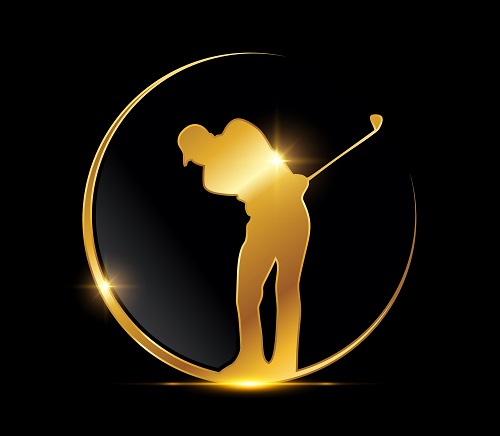
PRO TIP
One of the biggest ways you can add your personal touch to your putter is by replacing the putter’s actual grip.
Finding the Right Grip for Your Putter
One of the biggest ways you can add your personal touch to your putter is by replacing the putter’s actual grip.
Most golfers rarely play with a grip that matches the rounded ones that they would find on their irons and woods. Instead, most putters come with an ergonomic grip along the fingers and flat along the area where the golfer anchors their thumbs.
Golfers like Rory Mcilroy and Dustin Johnson take it a step further by playing with larger grips that fill the palms and work to quiet their hands, an essential factor to putting the ball straight during the putting stroke.
These bulkier grips help keep the golf ball along the target line on off-center hits.
CHAPTER 4
Frequently Asked Questions
How do I know what putter is right for me?
More than anything, you want a putter that provides confidence. Whether you prefer a blade, mallet, or long putter, if you don’t believe the putter you are playing can put the ball into the cup, then it is not the right putter for your game.
Choosing the right putter takes time and many, many practice strokes on the putting green. You don’t want to be spontaneous when finding the ideal putter.
Instead, do your research to find the perfect putter by taking your time testing and retesting to find the right putter length, the right grip, and the right head shape.
What are the 3 types of putters?
Golfers usually play with one of three models; blade, mallet, or long putter. All three have their benefits, from the size and shape of the putter heads to the length of their shaft.
A blade putter offers a more compact head weight that works best with an arc stroke that moves slightly inside and then returns the face square to putt the ball. A blade putter gets its name because the shape of the putter head looks like the blade of a knife.
Golfers playing with a mallet putter utilize a straight-back, straight through putting stroke. Players that use mallet putters want to minimize face rotation, helping keep the face square through the impact zone where the face contacts the golf ball on the putt.
Is a blade or mallet putter better?
When it comes to the battle between blade versus mallet-style putters, the best putter for your game depends on your type of stroke.
If you like to take the putter straight back and then make a straight path back to the ball, the mallet is better for you to play.
In comparison, if you like taking the putter inside on the takeaway to produce an arcing stroke, then the blade putter works best to lower your scores.
If you prefer a lighter model, then the blade can reduce weight, enhance feel, and increase the accuracy of your lag attempts from longer distances.
Mallets work great inside 20 feet because they are built to reduce jittery hands and unsteady strokes on the green.
What putter suits my stroke?
If you prefer an inside to outside path that takes the shape of an arc, then you’ll find the blade putter better suited to your game.
Scotty Cameron, a golf-equipment company that offers a well-built collection of expensive putters, makes the best blade-style putters on the market, a favorite for many PGA Tour golfers, including Tiger Woods.
If you like a putter with a larger head, then a mallet model provides extra weight that helps anchor and stabilize your stroke.
If you want a straight back takeaway to make sure you keep your putter centered with the ball along the face, then mallet putters work best when you are looking to sink more putts.
Must read: How to Grip a Putter
